Creating a Children’s Product Certificate (CPC) is mandatory if your product is determined to be a children’s product and subject to one or more children’s product safety rules. In this guide, we explain how you can assess if this is the case, while also providing examples of products that require a Children’s Product Certificate in the United States.
Continue reading Which Products Require a Children’s Product Certificate (CPC)?
Category: United States
How to Create a Children’s Product Certificate (CPC) in 7 steps
Posted on — Leave a commentThis guide explains how to create a Children’s Product Certificate when manufacturing or importing products classified as children’s products. This process involves specifying product and company information, as well as listing children’s product safety rules for which the product has been tested.
Note that you can only create a Children’s Product Certificate once third-party lab testing has been completed.
Continue reading How to Create a Children’s Product Certificate (CPC) in 7 steps
Leather Product Regulations in the United States: An Overview
Posted on — 8 Comments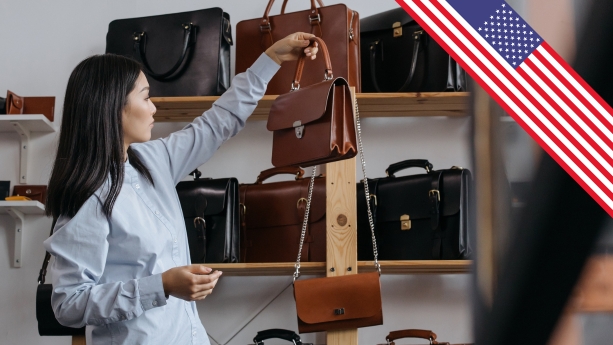
Leather products sold in the United States must comply with chemical restrictions, labeling, and other requirements. Some are specific to leather products, while others apply to coatings, heavy metals, or consumer products in general.
In this guide, we take a closer look at 16 CFR Part 24, California Proposition 65, and other requirements applicable to leather products in the United States.
Product examples
- Leather bags
- Leather belts
- Leather wallets
- Hides
- Leather furniture covers
- Other leather products
Continue reading Leather Product Regulations in the United States: An Overview
Cable Regulations in the United States: An Overview
Posted on — Leave a comment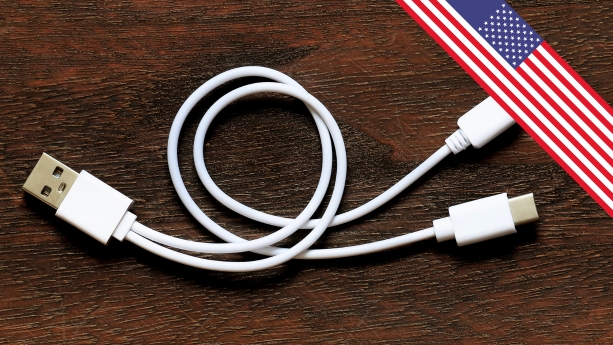
Cables imported and manufactured in the United States are subject to various regulations and safety standards. Compliance with applicable regulations and standards is essential, as unsafe cables may cause fires, electrical shocks, or damage other devices.
This guide takes a close look at how regulations such as 47 CFR Part 15 and 16 CFR Part 1120 apply to cables in the United States. You will also learn why voluntary UL and ASTM standards are important to consider when importing or manufacturing cables.
Product examples
- USB cables
- Power cords
- Extension cords
- Optical fiber cables
Continue reading Cable Regulations in the United States: An Overview
Drone Regulations in the United States: A Complete Guide
Posted on — Leave a comment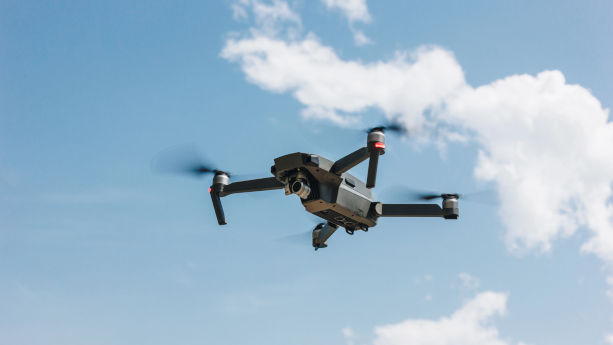
Drones and unmanned aircraft systems imported or manufactured in the United States are subject to various regulations and standards. In this guide, we take a closer look at regulations specific to drones and requirements applicable to components such as lithium batteries.
Note: This guide primarily focuses on product requirements, not operational requirements or requirements for pilots. However, we do mention operational requirements in the section concerning “Other rules”, as we thought it was important to at least mention geofencing requirements, and put them into the context of other airspace restrictions.
Continue reading Drone Regulations in the United States: A Complete Guide
Part 1263 – Safety Standard for Button Cell Batteries: A Complete Guide
Posted on — Leave a comment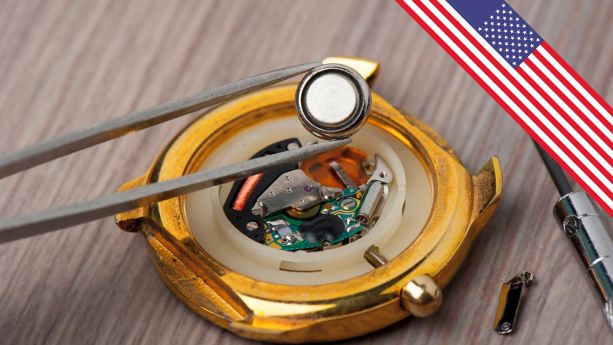
Part 1263 sets safety requirements concerning button cell batteries and coin batteries. The standard applies both to consumer products that contain such batteries and battery packaging. Ensuring compliance requires that the product battery compartment is designed according to certain mechanical safety requirements and that warning labeling is affixed to the product and packaging.
Continue reading Part 1263 – Safety Standard for Button Cell Batteries: A Complete Guide
Part 1262 – Safety Standard for Magnets: A Complete Guide
Posted on — Leave a comment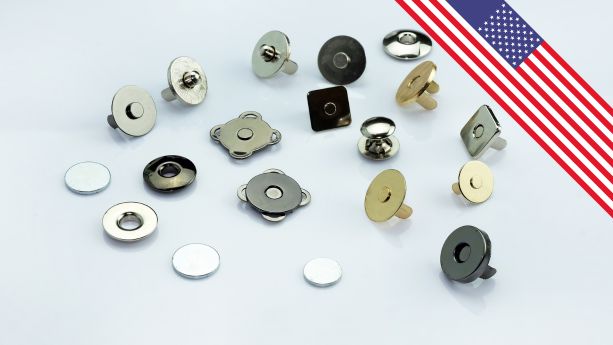
Part 1262 sets magnet safety requirements for consumer products that belong to certain categories, and that contain magnets with certain size and strength characteristics. In this guide, we explain what manufacturers and importers must know about covered products, exemptions, magnet requirements, certification, and testing requirements under Part 1262.
Note that Part 1262 is not applicable to toys. Instead, sets magnet safety requirements for other consumer products – including those that are not intended for children.
Continue reading Part 1262 – Safety Standard for Magnets: A Complete Guide
Plumbing Fixture Regulations in the United States: An Overview
Posted on — Leave a comment
Plumbing fixtures sold in the United States are subject to various regulations, such as 40 CFR Part 143 Subpart B, and standards. These regulations and standards, in turn, set requirements regarding substance restrictions, labeling, testing, and more.
It is essential that you ensure your plumbing fixtures do not pose risks to consumers, as unsafe plumbing fixtures may, for instance, expose them to lead and other harmful substances.
This guide explains how different regulations and standards apply to plumbing products such as faucets and urinals sold in the United States.
Product examples
- Kitchen faucets
- Showerheads
- Urinals
- Water closets
Continue reading Plumbing Fixture Regulations in the United States: An Overview
What are ASTM standards?
Posted on — Leave a commentASTM standards set technical specifications for consumer products and materials. Some ASTM standards are mandatory due to being incorporated by reference in US regulations. In this guide, we explain how you can determine if compliance with ASTM standards is necessary and answer other common questions related to ASTM standards.
Continue reading What are ASTM standards?
Product Label Reviews and Checks: A Complete Guide
Posted on — Leave a comment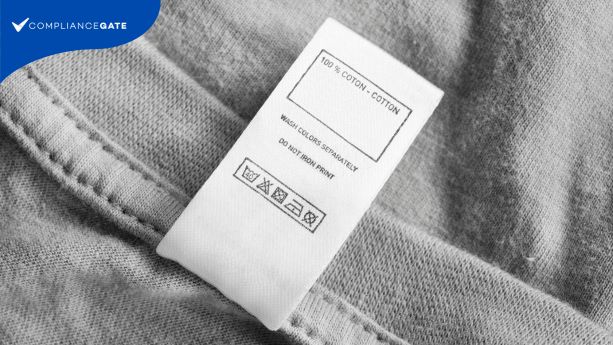
Shipping incorrectly labelled products can result in recalls and fines. Ensuring that your products are correctly labelled is crucial. However, navigating the maze of complex, conditional and sometimes open-ended labelling requirements is a challenge even for those who have years of experience.
Label reviews, which are performed by companies like QIMA and TUV Rheinland, can help you reduce the risk of selling incorrectly labelled products.
Continue reading Product Label Reviews and Checks: A Complete Guide






















